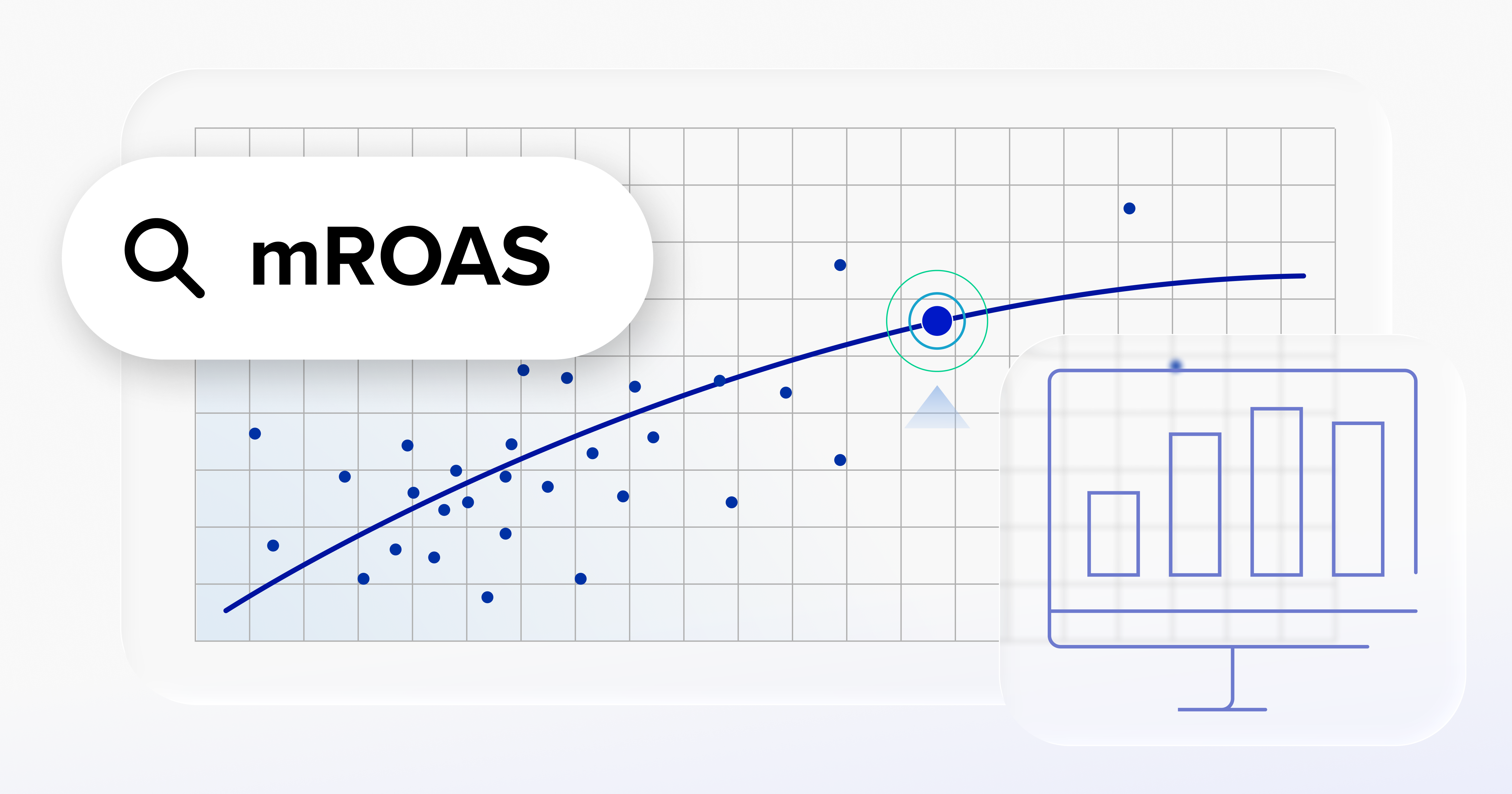
Resources Category

IMPACT 2024
Redefine new possibilities in search advertising.
Sept. 17-18, 2024
Location:
New York, NY
Why You Should Adopt a First-Party Approach to Measurement


What is the measure of an effective ad campaign? The short answer — it depends on who you ask. The longer, more helpful answer is complex and nuanced. However, it tends to boil down to your approach to measurement, the type of data that your measurement model incorporates, and your campaign goals.
Advertisers invest in media to drive incremental results. Each advertiser is likely to have a very different definition of “results”. Some of the most common include:
- Gross Revenue
- Marginal Revenue
- Contributory Profit
- Customer Acquisition Cost (CAC)
- Lifetime Value (LTV)
- Average Order Value (AOV)
While the results advertisers choose to measure may vary, one desire is consistent: to invest in valuable media that can measurably increase any of the results listed above at scale and efficiency.
The challenging part is that no single measurement approach is a silver bullet — each solution out there has its benefits and downsides. Nevertheless, a clear direction is emerging with regard to measurement best practices. This direction involves the migration away from third-party data and embracing first-party data to accurately and transparently capture the true value of your media.
Third-Party vs. First-Party Data
Third-party data is information collected by external data providers with no direct relationship existing between the provider and the consumers whose data is being collected. This data is often collected from various websites, apps, and other platforms, then aggregated into data sets.
For decades, advertisers have heavily relied on third-party data providers for insights into campaign performance. While this data does provide some value, it often comes at the cost of accuracy, transparency, and reliability. And with third-party cookie deprecation already underway amidst growing privacy concerns, the shortcomings of this approach are more apparent than ever.
Exit third-party data, enter first-party data. First-party data is data that a company collects directly from its users through interactions with them. It encompasses a wide range of information, including:
- Website / app activity
- Demographics
- Purchase history
- Contact & subscription information for email matching
- Customer feedback
- Transactional / point-of-sale data
- And much more
This data tends to be much more accurate, insightful, and reliable than third-party data because it comes directly from the customer.
The Case for First-Party Data Measurement
With so many data privacy protections in place, along with many more options and opportunities for consumers to reject cookies, it’s astronomically more difficult for advertisers to effectively track third-party data.
Third-party data also presents an issue with tracking and visibility into the full consumer journey. As the consumer journey becomes increasingly fragmented and omnichannel, channels like privacy browsers and buy now, pay later (BNPL) apps represent huge gaps for advertisers looking to measure campaign performance across the entire consumer journey given the strict privacy nature and redirect challenges these channels pose.
In an impending post-cookie world, the value of first-party data will be paramount. The ability for advertisers to leverage first-party data transparently can go a long way toward maintaining customer trust and loyalty while allowing brands to still deliver the personalized experiences many consumers crave.
By breaking free from the limitations of cookie-based tracking, advertisers who shift to first-party data measurement can improve measurement gaps and gain greater, more accurate insight into their media value, conversions, and revenue. These rich insights that would otherwise be missed from third-party data can be used to further optimize campaign performance over time to unlock media lift and incrementality at scale.

3 Simple Best Practices for Performance Measurement
Now that we’ve made the case for why first-party data measurement is the most accurate and reliable way to go, let’s take a look at a few best practices to get you started out on the right foot.
- Test, Test, Test! - This is pretty self-explanatory but one of the most crucial and overlooked factors when it comes to measurement. User-level studies on the channels customers are coming from are particularly impactful to get a more accurate, causal read on incrementality and the full consumer journey. Bottom line: if you’re not consistently testing, then your performance won’t be cresting.
- Align on Goals and Benchmarks - Many advertisers fall into the trap of launching campaigns without clearly defined goals around the results they’re looking to achieve, what success looks like, and what benchmarks to measure performance against. Defining these elements early and often will keep your measurement approach on track and allow you to better optimize your campaigns.
- Mix and Match Measurement Methodologies - At its core, ad measurement is a balancing act between art and science. And because no single measurement methodology reigns supreme, it’s in many advertisers’ best interests to combine distinct methodologies like MMM and MTA together to inform their decision-making and get a more holistic view into campaign performance.
Media value measurement is challenging, risky, and resource intensive, but the importance of accurate performance lift cannot be overstated. Precise and frequent media measurement helps advertisers gain insights and unlock additional value, staying ahead of the competition. Nothing worthwhile is ever easy but as we like to say at adMarketplace: Always Be Measuring!

IMPACT 2024
Redefine new possibilities in search advertising.
Sept. 17-18, 2024
Location:
New York, NY
Why adMarketplace Native Search Advertising Media?
We help brands maximize reach and improve efficiency so that you can grow market share, outpace competitors, and win the search.





















